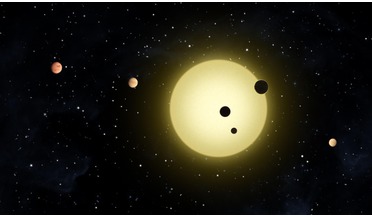 27 October 2017
Astronomers find system with six planets
27 October 2017
Astronomers find system with six planets
...118, 49, 677, and 5700 days, and minimum masses of 0.63, 0.17, 0.1, 0.05, 0.12 and 0.38 (compared with Jupiter) respectively. All of the planets were found via the radial-velocity method. This method is often to referred to as the ‘wobble’ method and...
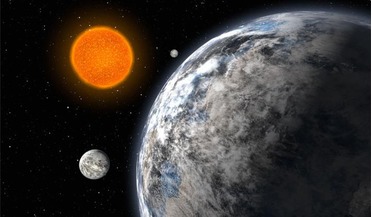 09 February 2018
New research on rocky worlds helps identify Earth-like planets
09 February 2018
New research on rocky worlds helps identify Earth-like planets
... line between super-Earth (rocky) and sub-Neptune (somewhat gassy) planets; planet b has a radii of 1.64, planet c is 1.29 and planet d is 2.08. Using their Planet Finding Spectrograph (PFS) to monitor GJ 9827, the team which is headed by Johanna...
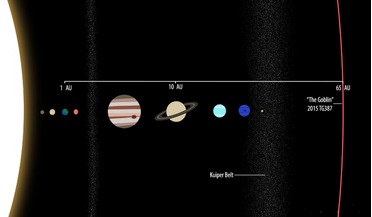 03 October 2018
Newly discovered far-flung object supports Planet X existence
03 October 2018
Newly discovered far-flung object supports Planet X existence
...orbital period is about 12 years, Saturn’s is 29 years and Uranus completes its orbital period once in a human lifetime. Planet X on the other hand, which is postulated to be 60 billion miles from the Sun, is expected to take 20,000 years to complete...
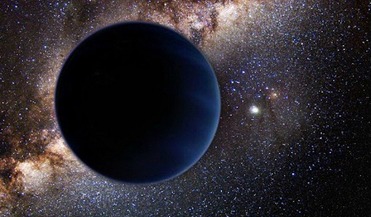 21 January 2019
Is this the end for Planet Nine?
21 January 2019
Is this the end for Planet Nine?
...been found, interest in the existence of a hypothesised Planet Nine has been reignited over the years, more recently ... of TNOs in conjunction with the orbits of the giant outer planets but instead of calculating the contents of the Kuiper Belt as ...
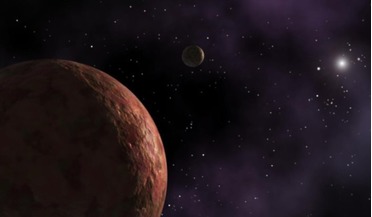 13 March 2020
Over 100 new minor planets found in new astronomical survey
13 March 2020
Over 100 new minor planets found in new astronomical survey
... Rubin Observatory will produce," Bernardinelli says. The searches could also help determine whether Planet Nine, a hypothesised Neptune-sized planet that's thought to inhabit space beyond Pluto, really exists or not. "There are lots of ideas...
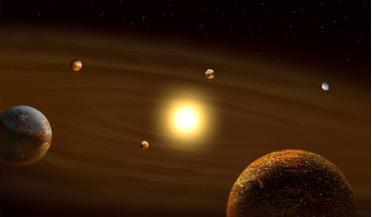 17 April 2020
A six-planet system is discovered and more could be hiding say astronomers
17 April 2020
A six-planet system is discovered and more could be hiding say astronomers
... instrument called SOPHIE installed at the Haute-Provence Observatory in the South of France, astronomers have discovered a six planet system containing a "super-Earth" and five "mini-Neptunes,” all with exceptionally regular spacing; a feature which...